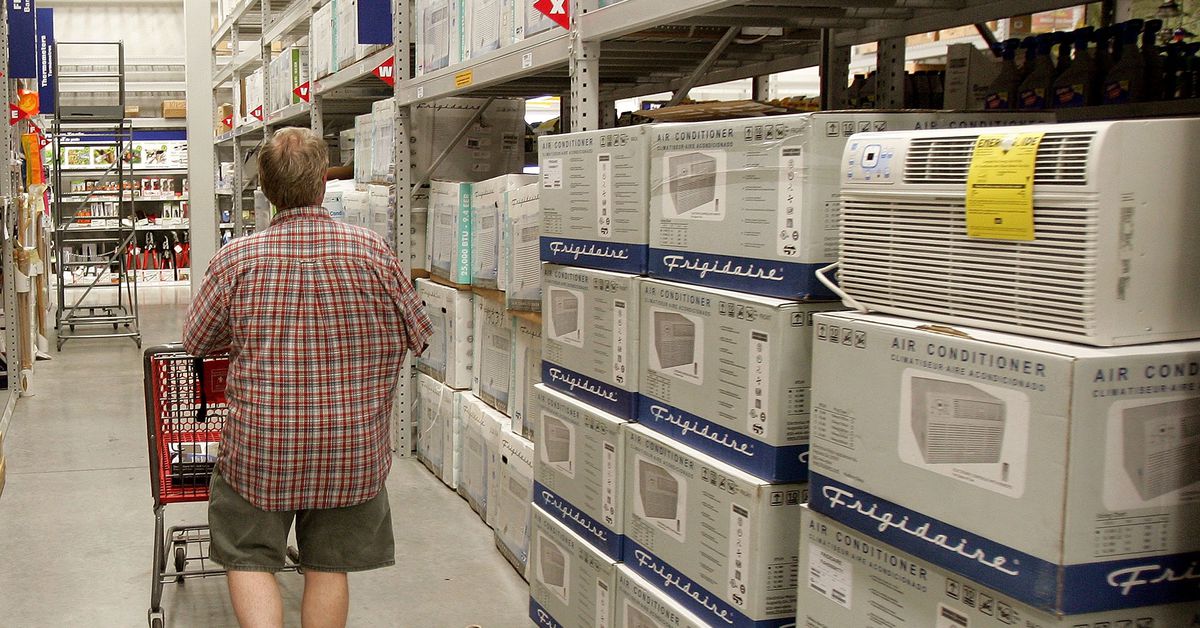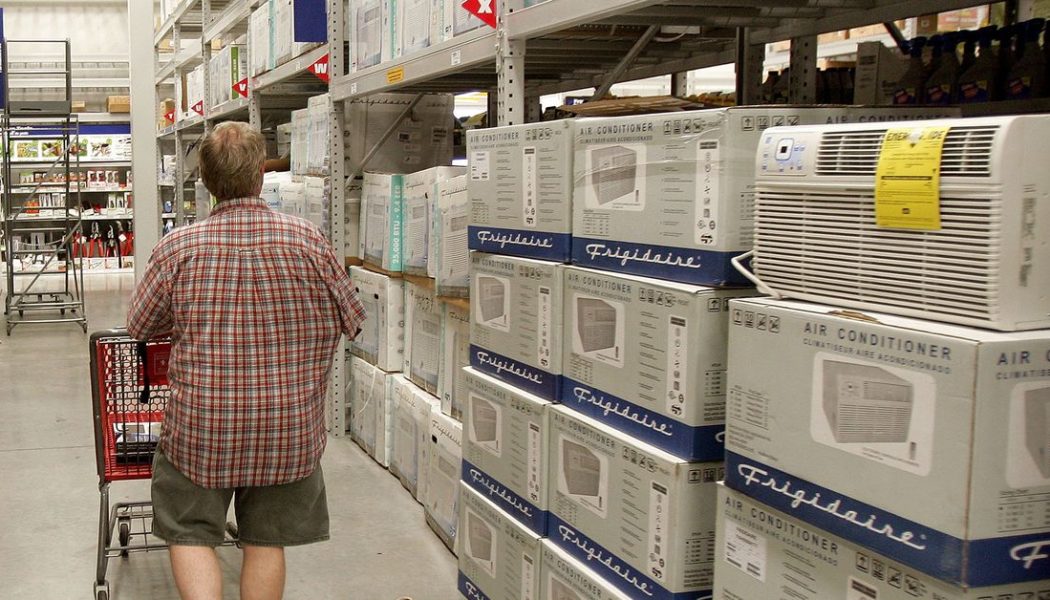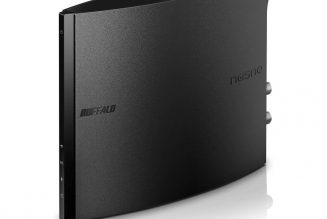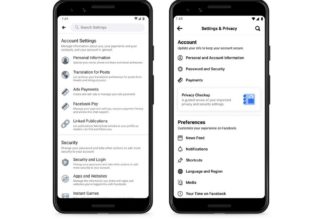
“Super” greenhouse gases will soon be phased down in air conditioners and refrigerators in the US. The Environmental Protection Agency yesterday proposed new rules to cut the use of the “super” pollutants used as refrigerants, hydrofluorocarbons (HFCs), by 85 percent over 15 years. Consumers likely won’t notice much of a difference with their appliances, but lawmakers are anticipating big benefits for the planet.
The EPA plans to determine a baseline for HFC production and consumption, and then set limits on companies making and importing HFCs. Those caps would become stricter over time. This is the agency’s first major new regulation taking on climate change under the Biden administration, and it makes good on a bipartisan commitment to regulate HFCs that passed in Congress last December as part of the pandemic relief bill.
While industry is ramping down the use of HFCs, there’s really nothing different that consumers will need to do with air conditioning units or refrigerators they already have. “There’s a sort of a misconception out there that is unfortunately fueled by some unscrupulous contractors that you have to change [equipment] out because these refrigerants are being phased down. That’s just not the case,” says Francis Dietz, vice president of public affairs for the Air-Conditioning, Heating, and Refrigeration Institute (AHRI), a trade association.
Refrigerants generally only need to be replaced if there’s a leak — it’s not a frequent part of regular maintenance. The new rule calls for HFC production and imports to be cut by 85 percent, which means there will still be enough of the refrigerants left to service old equipment. Companies also recycle HFCs from decommissioned units, which adds to the supply. There’s a chance that the cost of HFCs might rise slightly because of the more limited supply, but previous transitions to new refrigerants haven’t increased prices much in the past, Dietz says.
When people purchase new equipment that uses different refrigerants, those units will pretty much look and operate the same way as older units. Dietz doesn’t anticipate any noticeable change in price, either. “If you were to ask somebody off the street right now what refrigerant is used in their air conditioner, 99.99999% would not be able to tell you. And there’s no reason for people to know that because the only thing they really need to know is that their equipment is as efficient as it is advertised to be, and that it is reliable,” Dietz says. “When this transition occurs, it is going to be seamless for consumers.”
This isn’t the first time that industry has had to make a change because of environmental and health concerns with refrigerants. The 1987 Montreal Protocol phased down the other refrigerants called chlorofluorocarbons and hydrochlorofluorocarbons that were burning a hole in the ozone layer, exposing people to more cancer-causing ultraviolet radiation from the sun.
While HFCs kept the atmospheric ozone layer intact, the 2016 Kigali Amendment to the Montreal Protocol called for HFCs to also be replaced because of their impact on the climate. Biden moved to ratify the Kigali Amendment earlier this year, reversing the Trump administration’s position on it. Trade groups like Dietz’s have supported the Kigali Amendment, saying that it keeps US manufacturers competitive in the global market.
Air conditioners have helped to keep some cities livable in a warming world, but they’re also adding to the climate crisis. On top of burning through a lot of energy, they leak HFCs that are hundreds to thousands of times more powerful greenhouse gases than carbon dioxide. Luckily, there are alternative refrigerants that don’t raise global temperatures as much. The new EPA regulations are expected to prevent greenhouse gas emissions equivalent to taking one out of every seven registered vehicles off the road in the US.
Phasing down of HFCs and manufacturing alternatives will create “hundreds of thousands” more jobs, according to Senator Tom Carper (D-DE), who introduced the measure to regulate the refrigerants last year. One alternative, hydrofluoroolefins, or HFOs, have already started to replace HFCs in car air conditioning and don’t heat up the planet nearly as much as HFCs. The EPA also expects its new HFC rules to save $284 billion in damages from climate-related disasters and health effects.
The move to phase down HFCs in the US is “one of the most significant environmental policy laws passed in recent years,” Karen Meyers, vice president of the Rheem Manufacturing Company (which makes air conditioners and other cooling and heating equipment), said in a statement. The EPA opened up a 45-day comment period on its proposed rule and plans to finalize it later this year.










